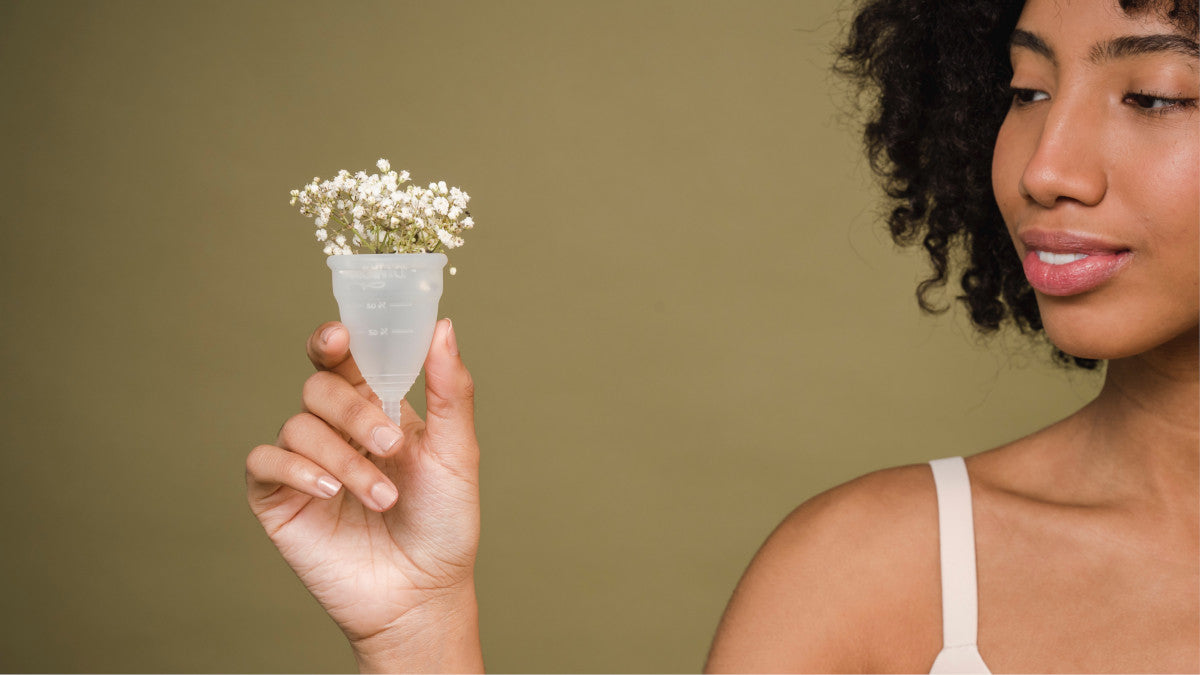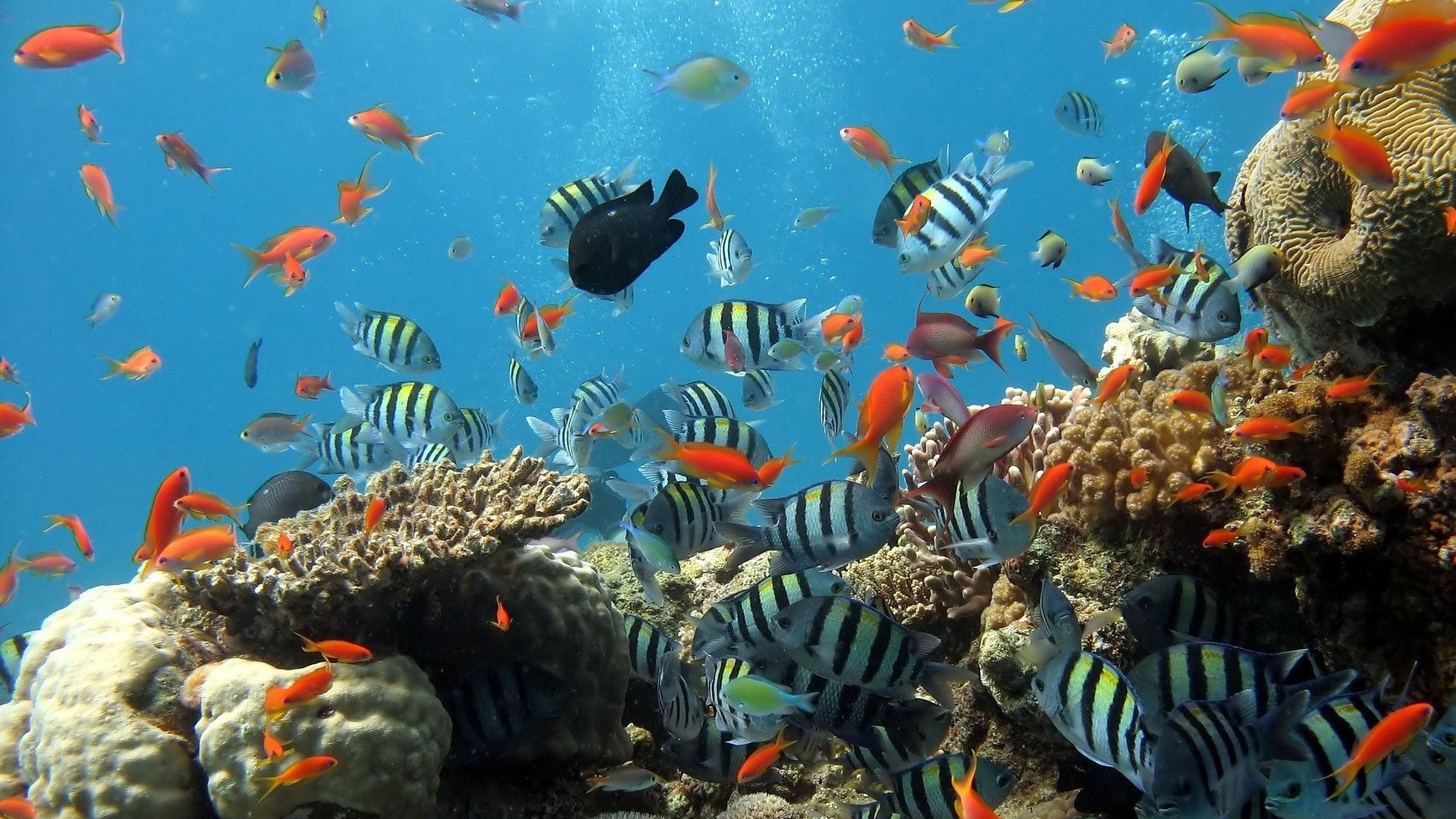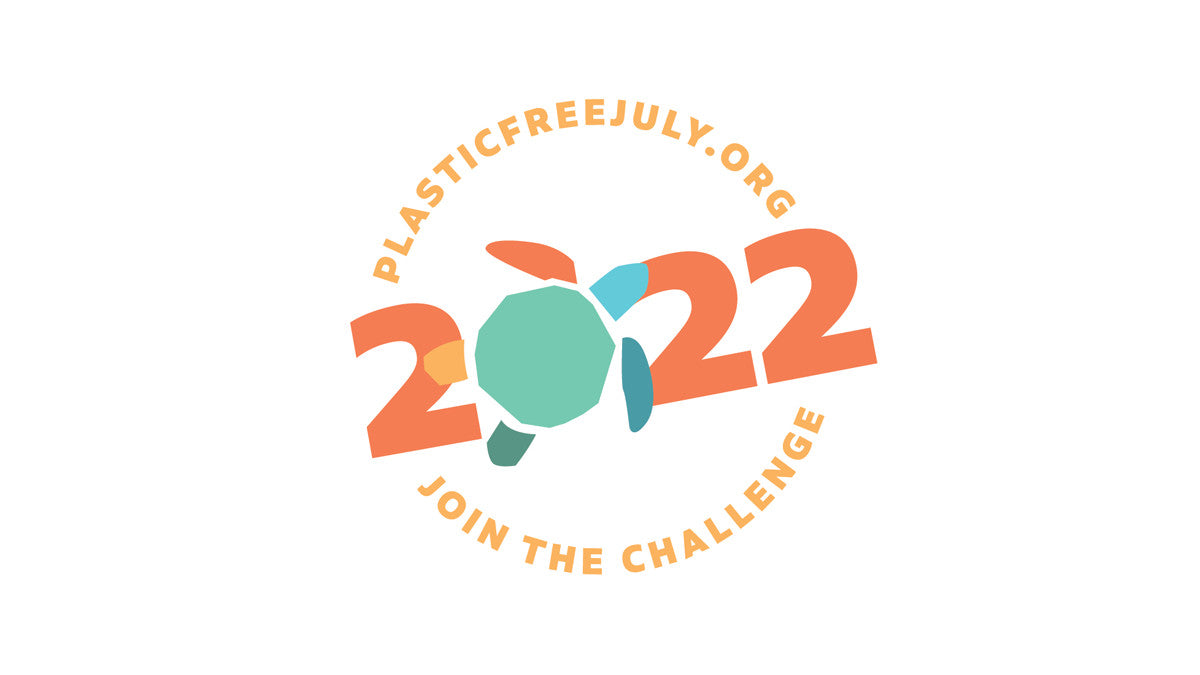
Go with the flow: sustainable menstruation tips
Let's talk about the 'Monthly Monster'; 'Shark Week'; 'My Days'; 'Great Aunt'; 'The Visitors'; or 'The English Have Landed'. A few euphemisms used internationally for that time of the month we'd rather not talk about. Whatever we call it, 'menstruation' is a natural cycle that affects about half the world's population. Today is Menstrual Health Day, so 'let's talk period'.
Having a period is no fun, so let’s not make it harder on ourselves than it already is. Comfort and confidence in the menstrual products we use are important for our self-esteem. So which products can you use when you’re transitioning to a more sustainable lifestyle? After all, those expensive disposable menstrual products aren’t all that healthy and create a huge and ever-growing mountain of waste. That’s why we wanted to share some options with you that are better for our bodies, our wallets, and the environment.
What's the problem?
It's a bloody waste
Women use up to 12,000 disposable menstrual products, such as sanitary towels or tampons, during their lifetime. Considering that about half of the world’s population menstruates, this creates a huge amount of waste. Menstrual products may seem harmless, but those soft white pads are largely made of plastic, some sanitary towels up to 90% and tampons around 10%. This has a major impact on the environment, but also on our health.
It's more than just waste
We now know that looks can be deceiving, because those cotton-like products that we put in our bodies are full of chemicals and toxins. Because even though tampons and pads seem to be made of (non-organic) cotton, they also contain rayon, plastic and other synthetic materials that contain toxic chemicals such as BPA, BPS and chlorine. If cotton is not organically grown and processed, pesticides, insecticides and bleach are used. Who would want to put that in their bodies?
Fortunately, there are many alternatives available that are much better for people and the environment.
What are the alternatives?
But I think it's... gross! An understandable and common reaction from people who first hear about reusable menstrual products. To be completely honest, that was our own reaction at first too, but now we swear by them! What are the options?
Menstrual cup
The menstrual cup is a real game changer in our opinion. Endlessly reusable, comfortable and easy!
It is a bigger investment at first, but in the long run you will be (much) cheaper off. The cost of one menstrual cup is equal to the cost of 5 to 6 months of disposable menstrual products. Menstrual cups can last up to 10 years, which is a saving of more than 95% compared to disposable products.
The menstrual cup comes closest to a zero-waste period. All you have to do is clean and sterilize the cup in between.
Menstrual cups are made of soft medical grade silicone and are free of plastic, latex, toxins and bleach. By using a cup you are taking good care of your body.

The cups are worn inside the body like a tampon, where the blood is collected. Cups have 3 to 4 times the capacity of a tampon and can be worn for 8 to 12 hours at a time, giving you unparalleled freedom compared to traditional menstrual products.I can even wear the cup for more than 12 hours at a time on light days, but for hygiene reasons it is recommended to rinse it with water in between.
Another great advantage of a menstrual cup is that you don't have to worry about strings, so you can jump into the pool without worrying. You can also wear the cup at night and during sports, so it's very comfortable.
It can take some getting used to at first, but the most important thing is to choose the right cup size, depending on how heavy your period is. You fold the cup so that you can insert it just like a tampon. Once it is in the right place, suction is created and it does its job. The best part is, you don't feel anything and you might even forget that you are on your period for a moment.
Period panties
Absorbent underwear gives you an unprecedented sense of freedom. It looks and feels like regular underwear, but offers the protection you need during 'shark week'. There are different models with different absorbency that ensure that you do not leak. You can use the period panties just like reusable sanitary towels as your go-to menstrual product, on light and heavy days.
I personally use menstrual underwear as a backup for the menstrual cup on heavier days. During the day it gives me a safe feeling and at night it ensures that I can sleep through.
It is a relatively new product on the market, but there are already many options available. We are big fans of the menstrual underwear by ImseVimse. The underwear is made of 95% organic cotton and 5% elastane and unlike the menstrual panties of many other brands, which are washable at only 30 or 40 degrees, Imse's underwear is washable at 60 degrees. This ensures that no bacteria and odors remain in the underwear.
Reusable sanitary pads
Washable panty liners and sanitary towels, made from organic cotton, work just like regular sanitary towels, but offer soft and natural menstrual protection that is kind to the skin and free from chemicals. They work basically the same as period underwear, but you attach them to your regular underwear. They come in different models, for the night or during sports, for lighter and for heavier days.
Again, use it as your go-to menstrual product or as a backup!

Eco-friendly tampons and sanitary pads
Reusable menstrual products remain the most sustainable option, but if you're not ready for that yet, there are fortunately good eco-friendly options available to everyone.
As we have discussed before, it is important to know what you are putting into your body. Therefore, choose tampons and pads made from organic cotton, without synthetics, harmful chemicals, perfumes and plastic. We have done a lot of research into eco-friendly tampons and pads and we have come up with &SISTERS. &Sisters sanitary towels consist of only two ingredients: organic cotton and a waterproof layer on the back that ensures that the skin stays clean and dry. This waterproof layer is made of biodegradable biopolymer derived from corn starch.
The tampons are made from only one ingredient: pure, natural, organic cotton fibers and cotton thread. No nonsense near your punani please.
Are reusable menstrual products right for me?
The answer to this is a resounding 'YES'! One of the best swaps I've made is moving to the Ruby Cup.This is one of those products that I think: I wish someone had given me one when I was a teenager. I can wear it 24 hours, you don't feel a thing, you can swim without worrying, it's better for your body and it's MUCH cheaper. Are there any disadvantages at all? Yes, I tested for you that standing in a handstand for a minute doesn't always end well and putting sunscreen on your hands before changing is also not a good idea.
It also gives me a good feeling that 25 tampons or sanitary towels per period x 12 months of the year x 10 years lifespan of the menstrual cup: 3,000 sanitary towels or tampons do not end up in the trash. And the backup of the period panties ensures that I can get through even the heavier days carefree and comfortable.
Hopefully we have convinced you that zero-waste menstrual products are a lot nicer than regular disposables, but for anyone who is still not convinced, the plastic-free single-use menstrual products made from organic cotton are also a good option. Menstrual care is very personal and ultimately everyone has to do what they feel comfortable with. In the end, we all want to take the best possible care of our 'big aunt'.



Leave a comment
This site is protected by hCaptcha and the hCaptcha Privacy Policy and Terms of Service apply.